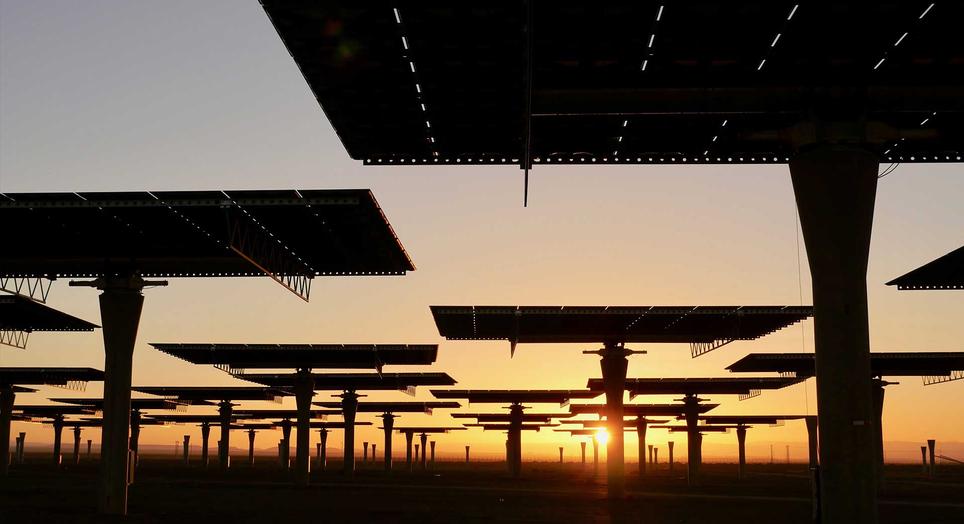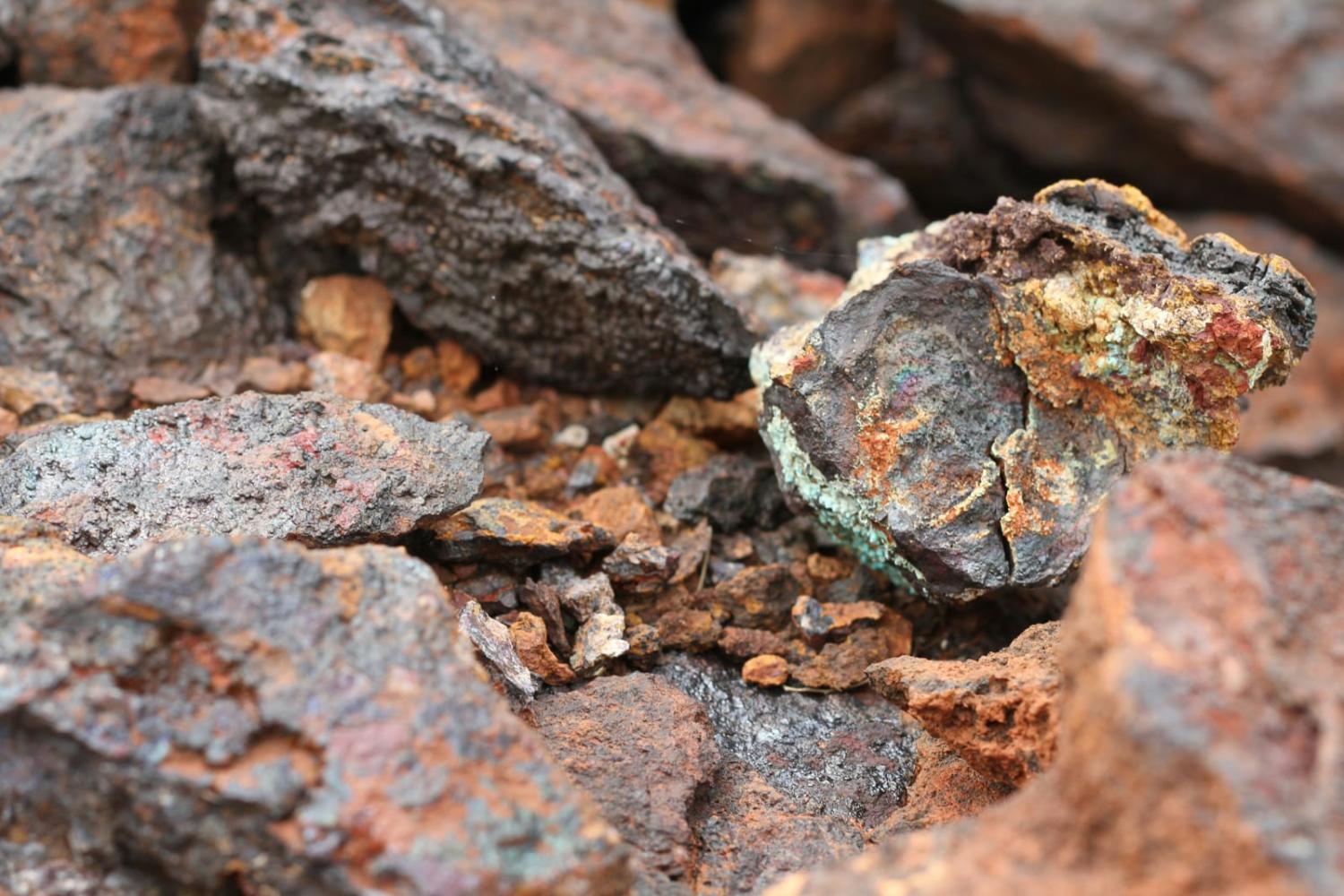A special Interpreter series ahead of the 2024 ASEAN-Australia Special Summit in Melbourne, 4-6 March. Read more articles in this thread.
ASEAN and Australia have worked closely together over 50 years of dialogue relations in a wide range of cooperation areas including trade, economics, politics, culture and education. But the missing piece has always been climate cooperation.
The different starting points among the ten ASEAN members and Australia’s climate ambitions make it difficult to come to a common landing point on what is possible and feasible, despite the great interest on both sides for climate cooperation. The absence of an ASEAN-level regional climate mitigation target also makes it challenging. It would be easy to go down a run-of-mill route of providing capacity building, information sharing, and other forms of technical assistance, but typical is not the order of the day. New and innovative approaches are much needed.
The race to meet the world’s Paris Agreement target to curb a global temperature increase to 1.5 degrees and below demands a complete turn from using conventional fossil fuels to renewable energy sources for power generation, transportation, agriculture and industries. This urgency puts a spotlight on the production of clean technologies to harness renewable energy sources such as solar, wind and geothermal power.
According to the International Energy Agency, mineral production is expected to increase six-fold by 2040 compared to current levels in order to meet low-carbon production demands and for the world to meet global net zero targets by 2050. Demand for critical minerals in the production of electric vehicles is expected to increase 30 times compared to present levels by 2040. A stable and reliable supply chain of critical minerals and metals to produce low-carbon technologies is needed, but this is becoming challenging given the heightened risks of geopolitical conflict.

Australia and partners in Southeast Asia are well positioned to play a role in the critical minerals and metals supply chain.
First, Australia has rich geological reserves, which are in the top five of the world’s key economic resources, including lithium, cobalt, manganese, tungsten and vanadium. Countries in the ASEAN region are also rich in metals and mineral reserves. Indonesia is a major producer of copper, nickel and bauxite. Malaysia, Vietnam, Thailand and Myanmar have significant rare earth element deposits, as yet untapped.
Second, Australia has an excellent track record in sustainable mining practices and high environmental standards. ASEAN countries can benefit from Australian expertise through tech transfers, capacity building, and environmental management practices to improve their sectors.
Third, Australia has done well as a commodities leader but it can potentially be an investment leader in critical minerals processing. ASEAN countries are eager to move up the critical minerals value chain but have so far employed downstreaming policies that may hinder rather than help themselves, for example with export bans on unprocessed minerals in order to incubate their own domestic processing industries. Protectionist policies coupled with unfavourable investment incentives to draw foreign direct investment may end up hurting the sector in the long run. ASEAN can leverage Australia’s processing capabilities to ensure that a significant portion of the value chain remains within the ASEAN-Australia partnership.
Fourth, the practice of mining and processing is hugely pollutive and based on extractive principles that are harmful in the long run to a country’s development. If Australia and Southeast Asia are serious about sustainable development, then mainstreaming of circular economy principles must be an urgent priority. ASEAN has adopted a Framework for Circular Economy and Australia has an 80 per cent target for all waste streams by 2030. Perhaps it is time for both sides to leverage their capabilities and innovate in the circular economy of minerals and metals.
Finally, the gold standard is finding ways and means to transition justly, equitably and in an orderly fashion. Ensuring that the old economy workforce is upskilled for new jobs in the renewable energy sector is critical, whether ensuring that fossil fuel sector workers can turn to new jobs in solar photovoltaic panel installations or helping mechanics pivot to run diagnostics on EVs. Australia can help ASEAN retrain the workforce to be future-ready for low-carbon economies of the future.
Economic cooperation between ASEAN and Australia has grown over the last 50 years but mostly in plain vanilla cooperation – stable and predictable. The new economic strategy Invested: Australia’s Southeast Asia Economic Strategy to 2040 illustrates the potential for change.
There is a strong strategic imperative for Australia to work with ASEAN in the coming decades but both sides need to consider which emerging area to make the biggest contribution to. Australia’s Critical Minerals Strategy 2023-2030 sets out the Albanese government’s vision to become a globally significant producer of critical minerals and supporter of diverse supply chains by 2030. This is followed through with a AU$2 billion expansion in critical minerals financing announced in October 2023.
ASEAN and Australia can leverage each other's strengths in the critical minerals sector to create a robust partnership to build resilience in the supply chain for clean technologies and contribute to meeting global climate goals. There are unique advantages on both sides and by working collaboratively, the partners can address challenges and capitalise on opportunities within the critical minerals market and stand in the gap of providing uninterrupted, stable, resilient and diverse supply chains in the production of clean technologies together.

